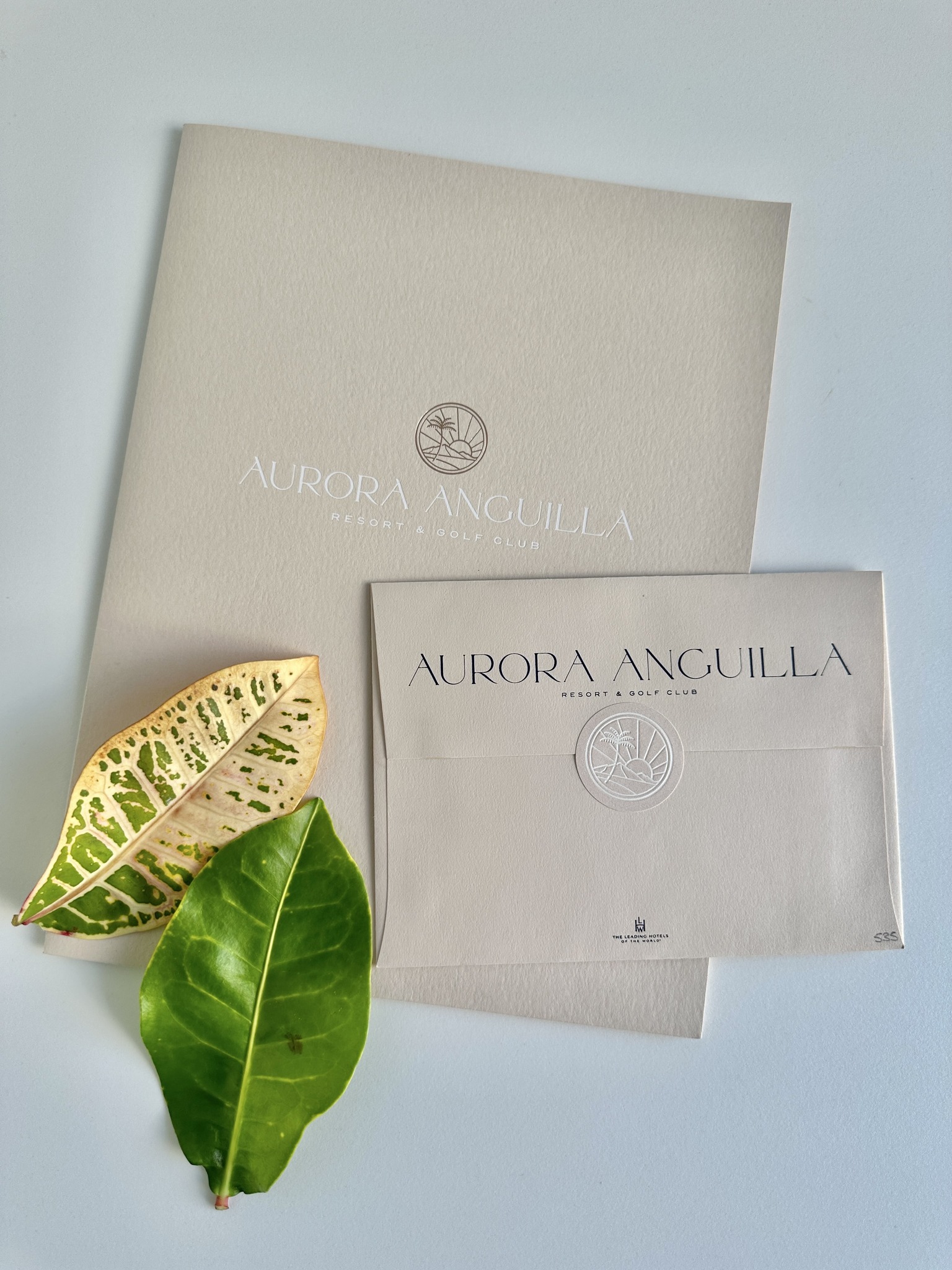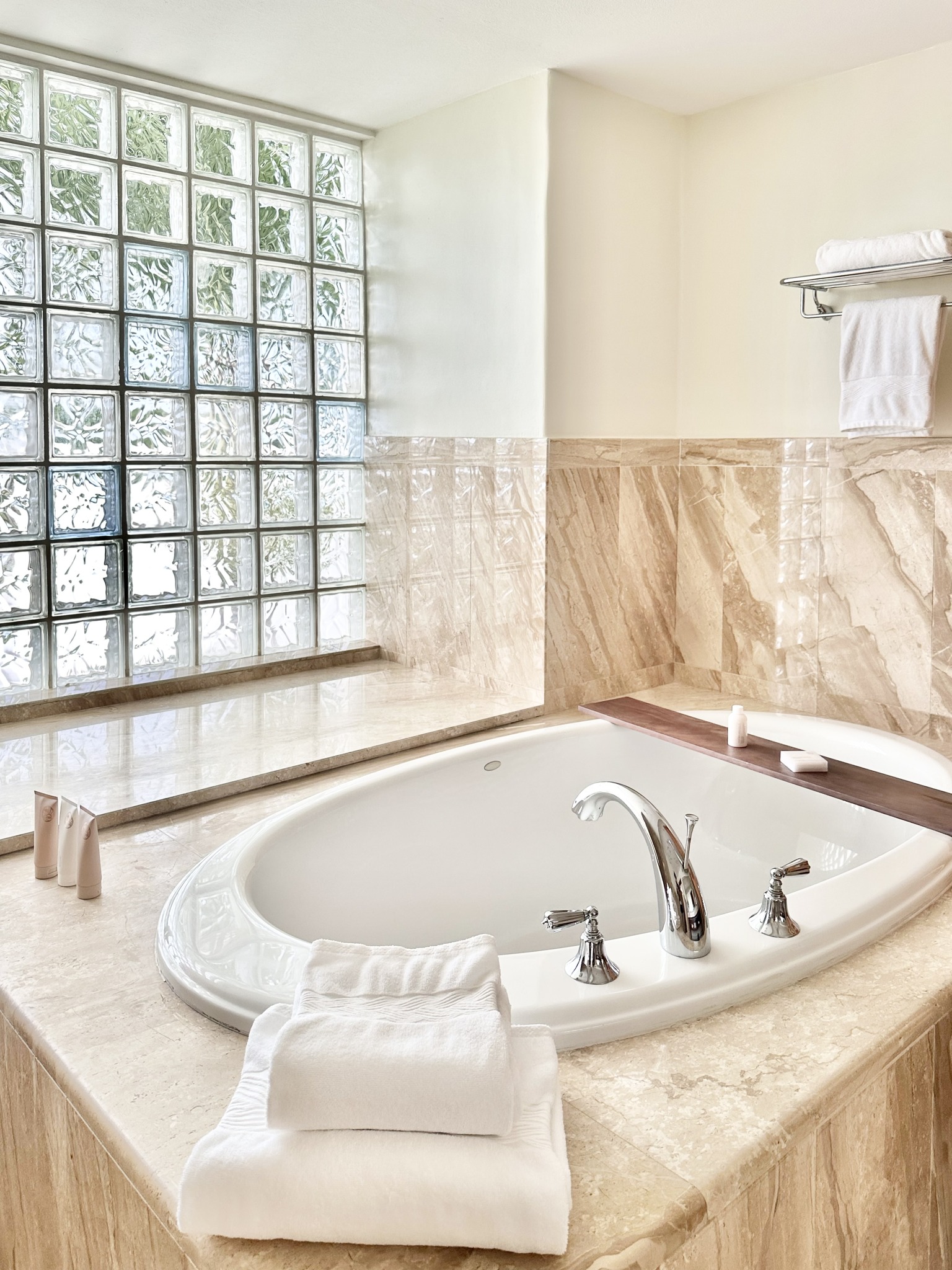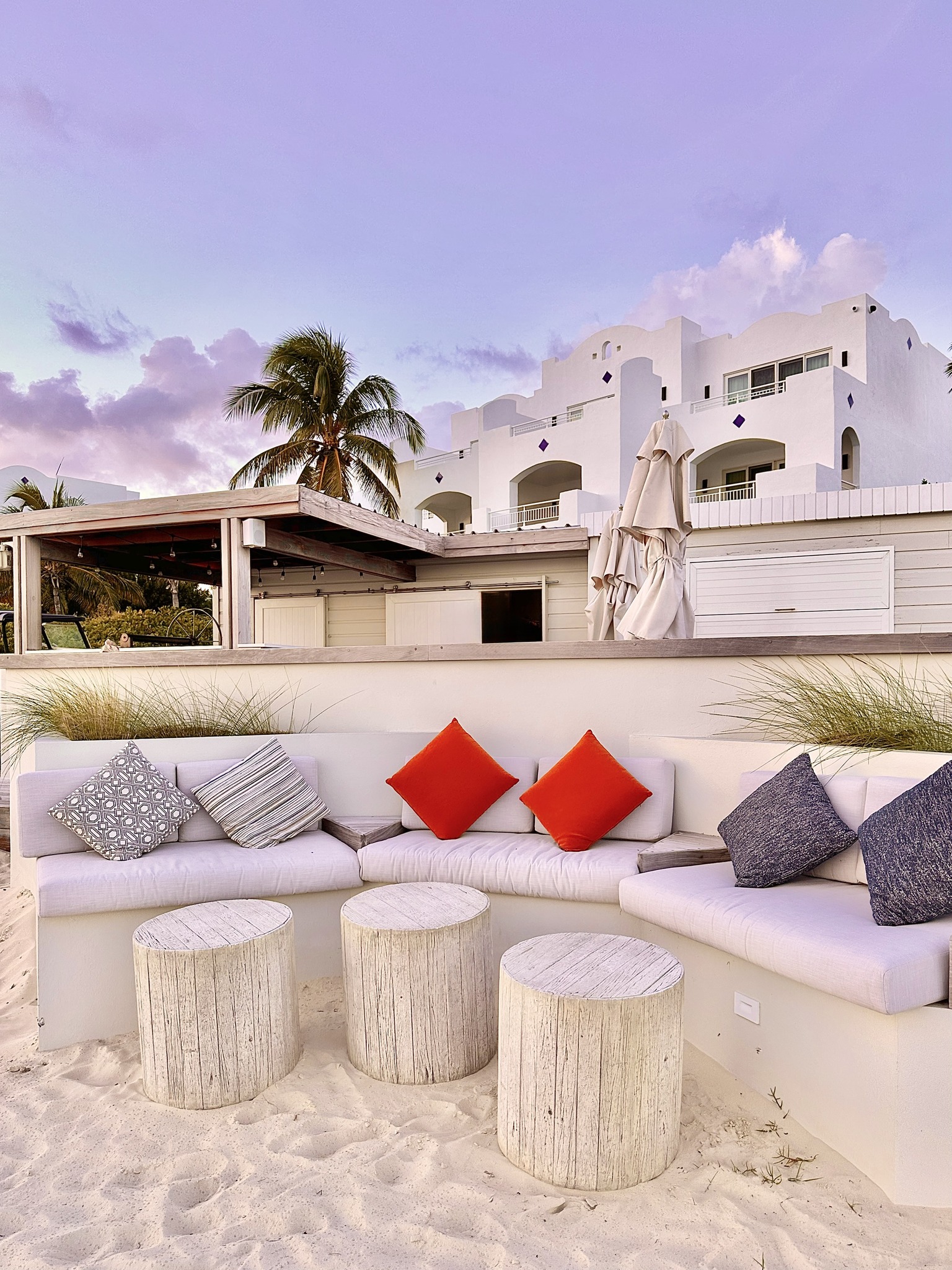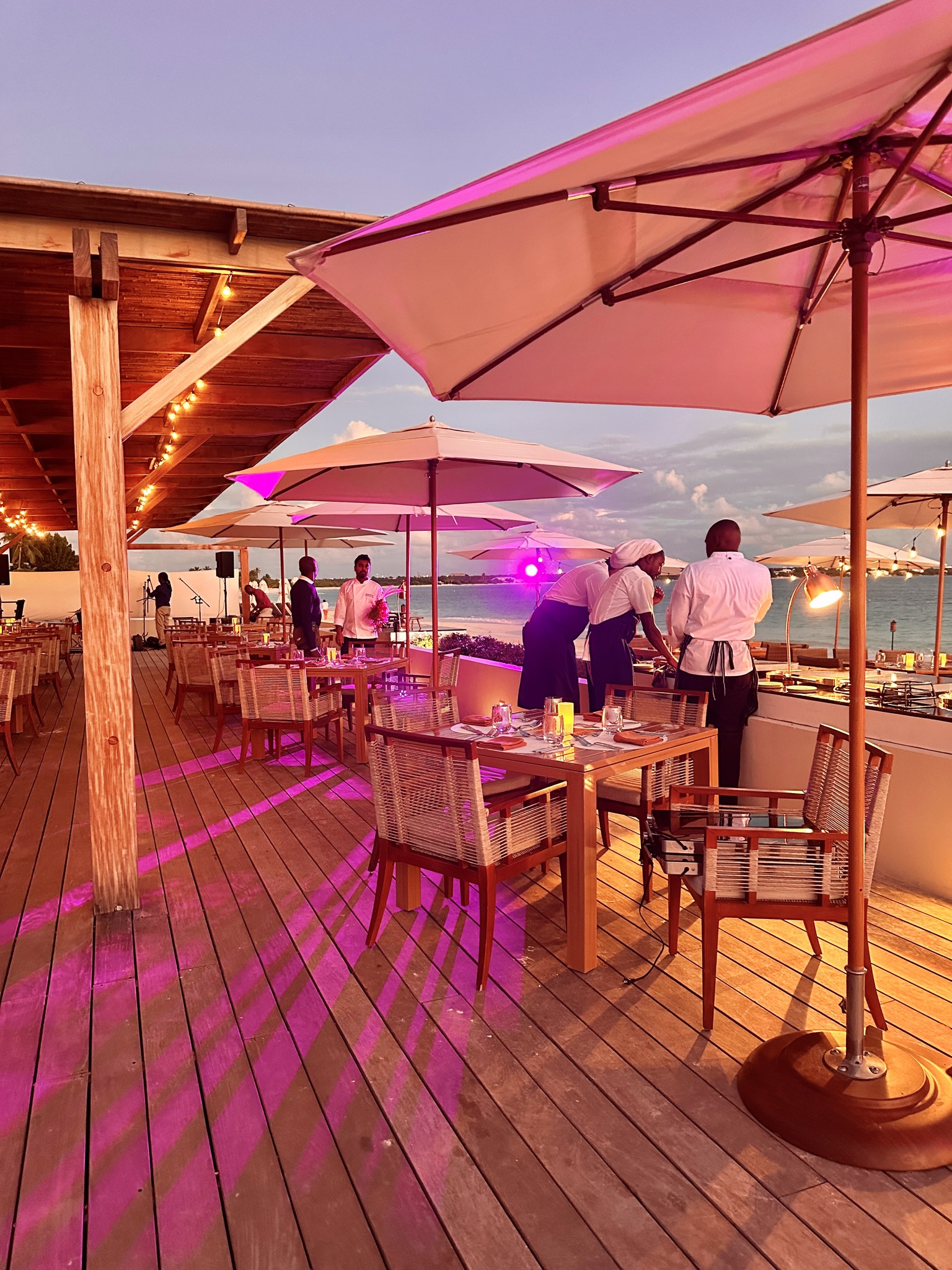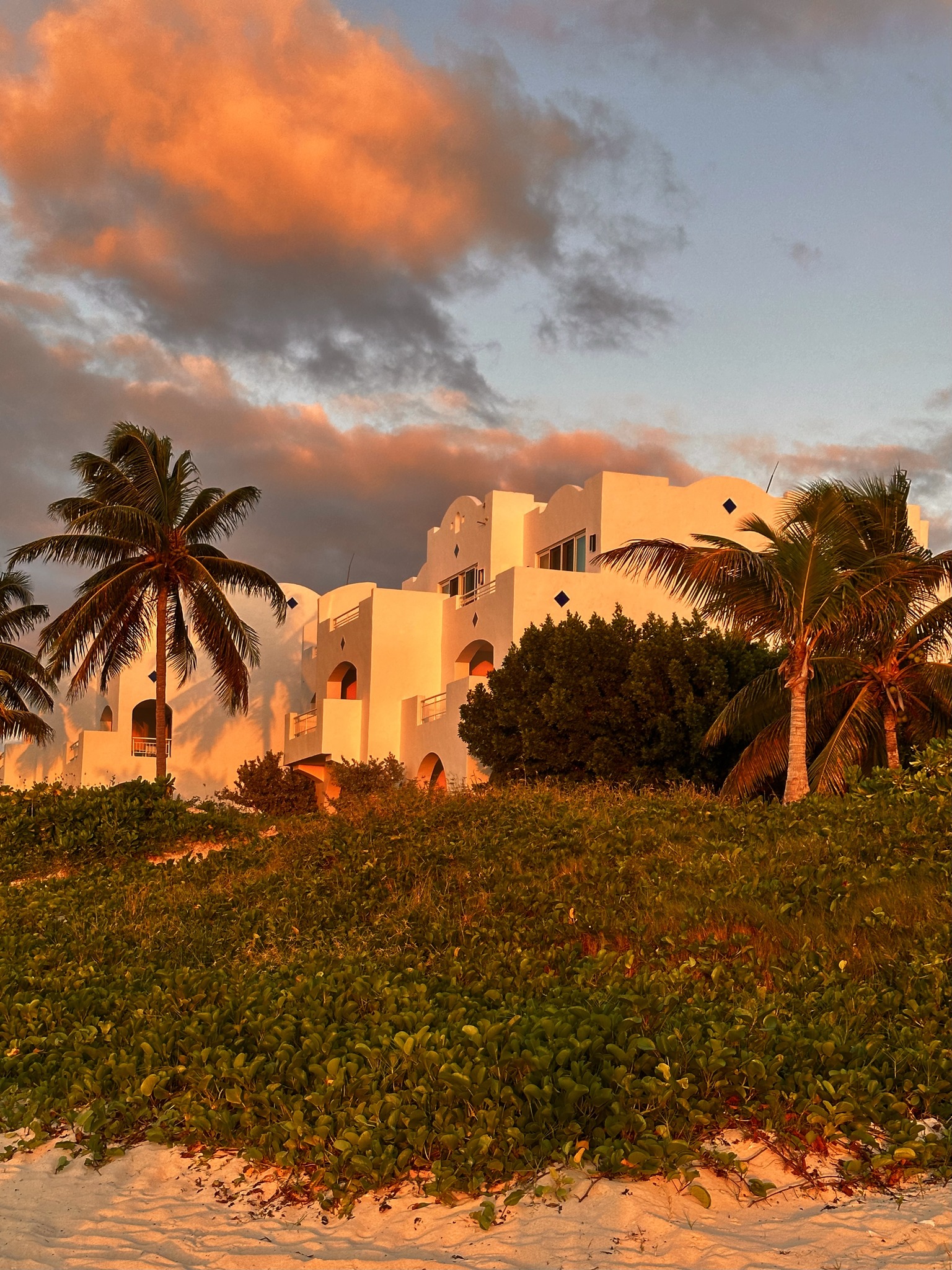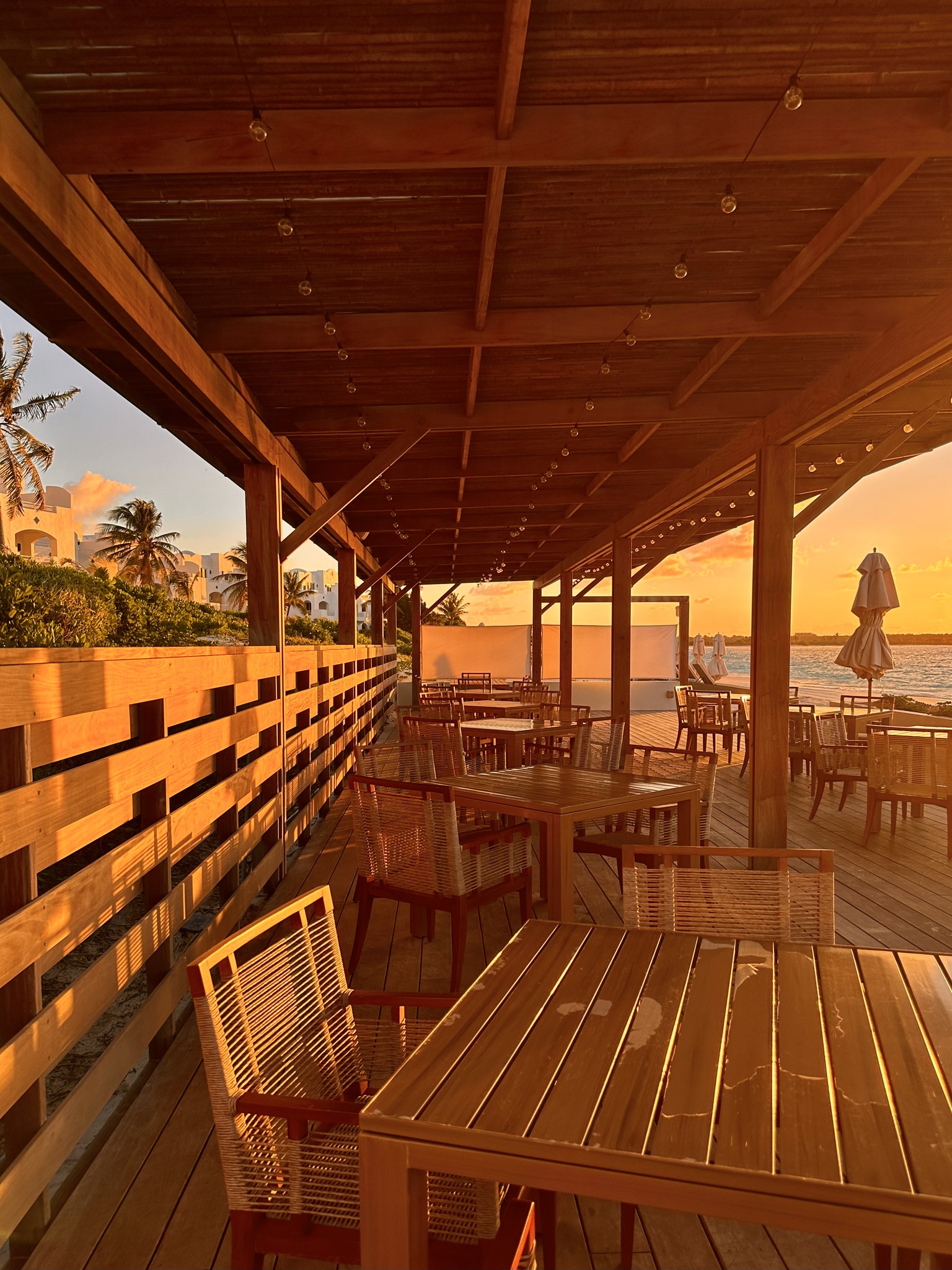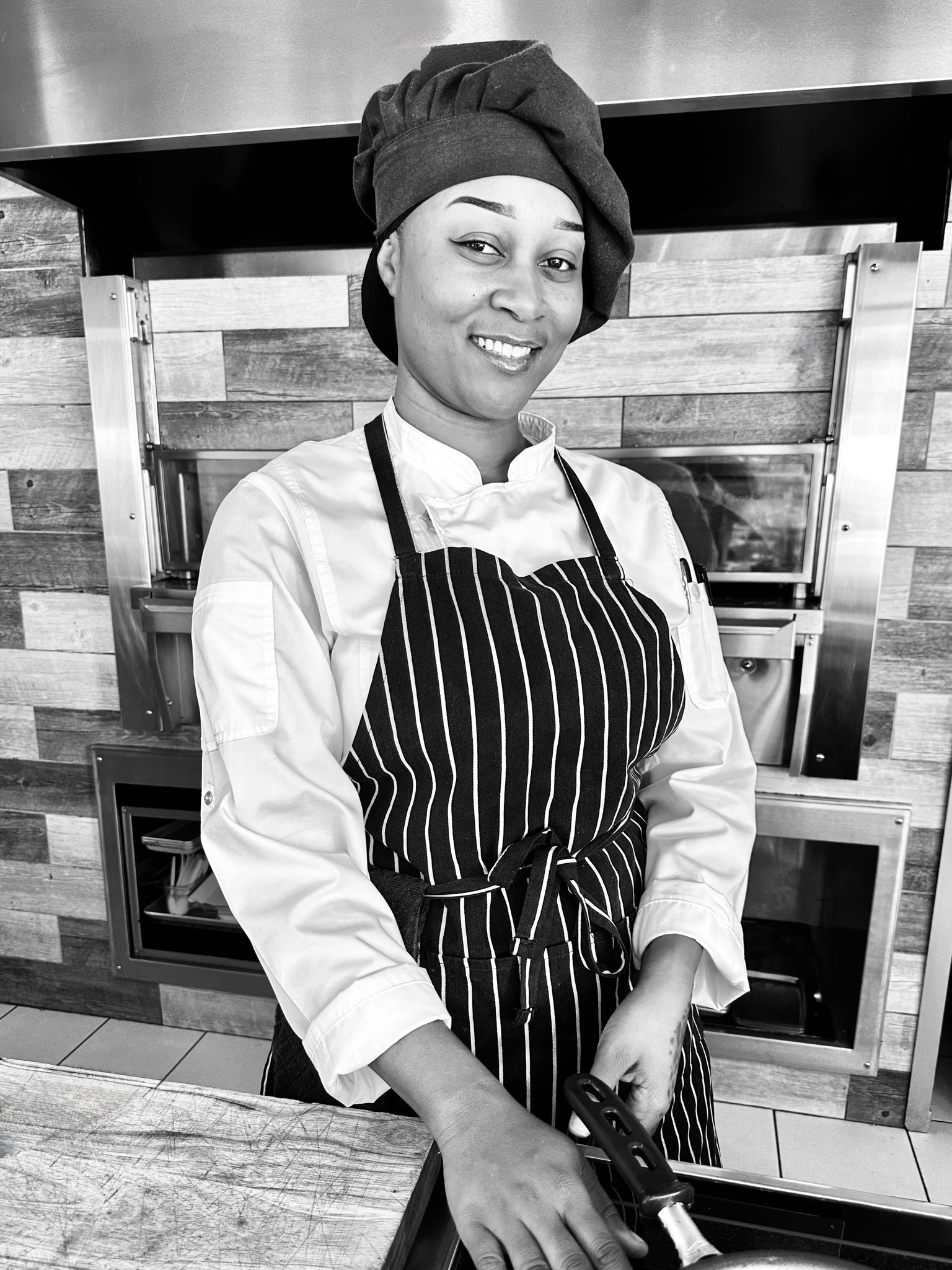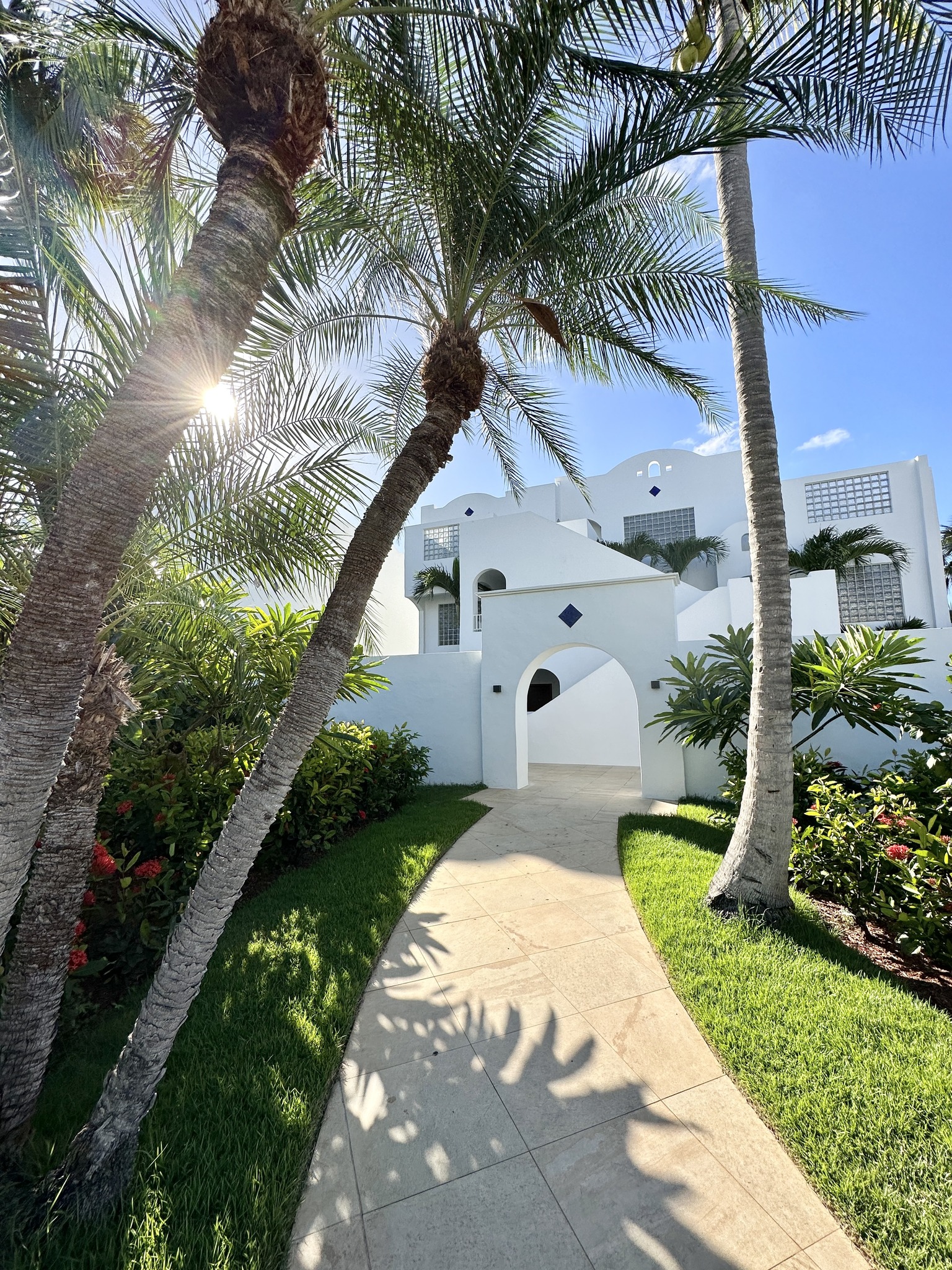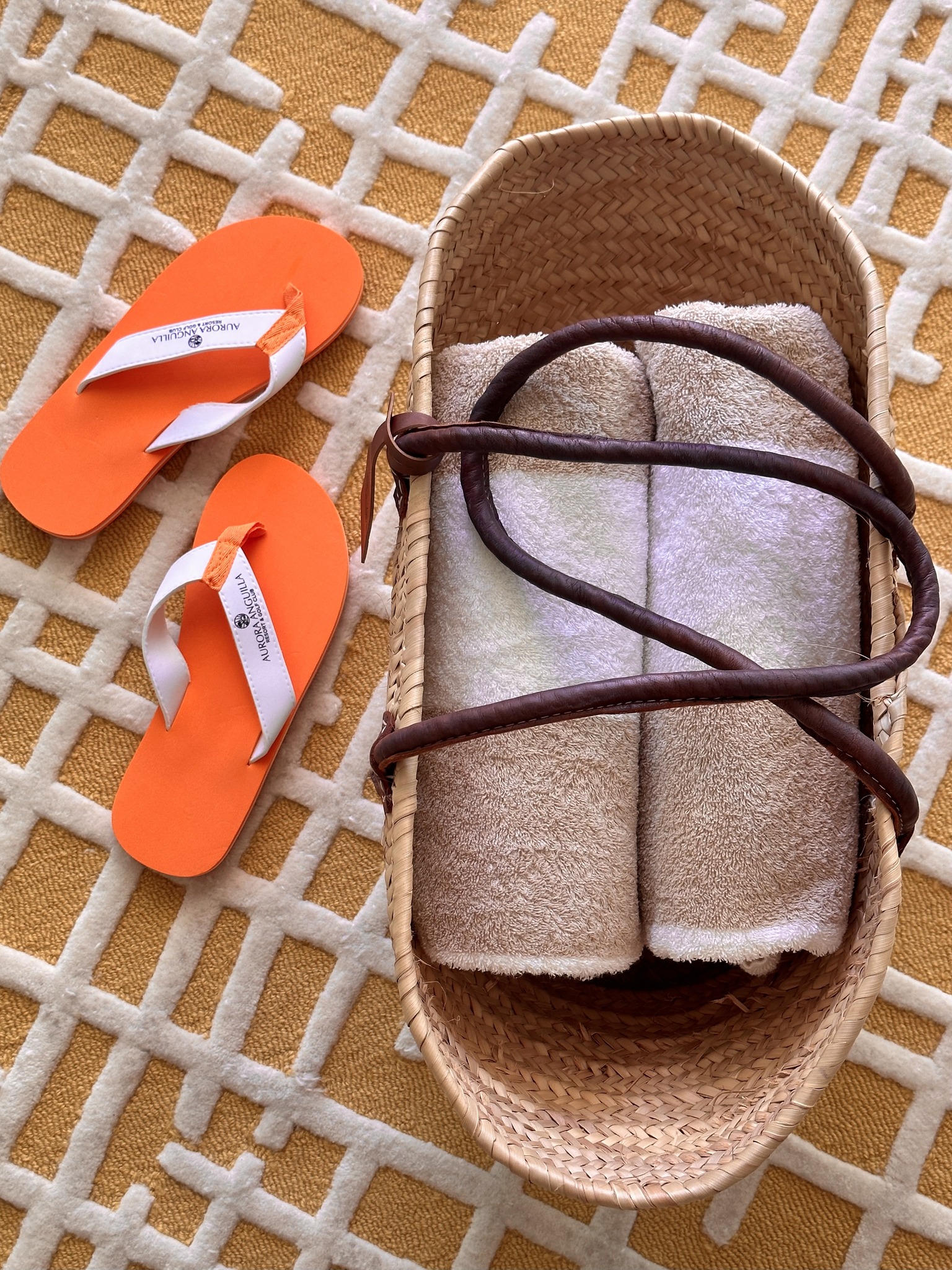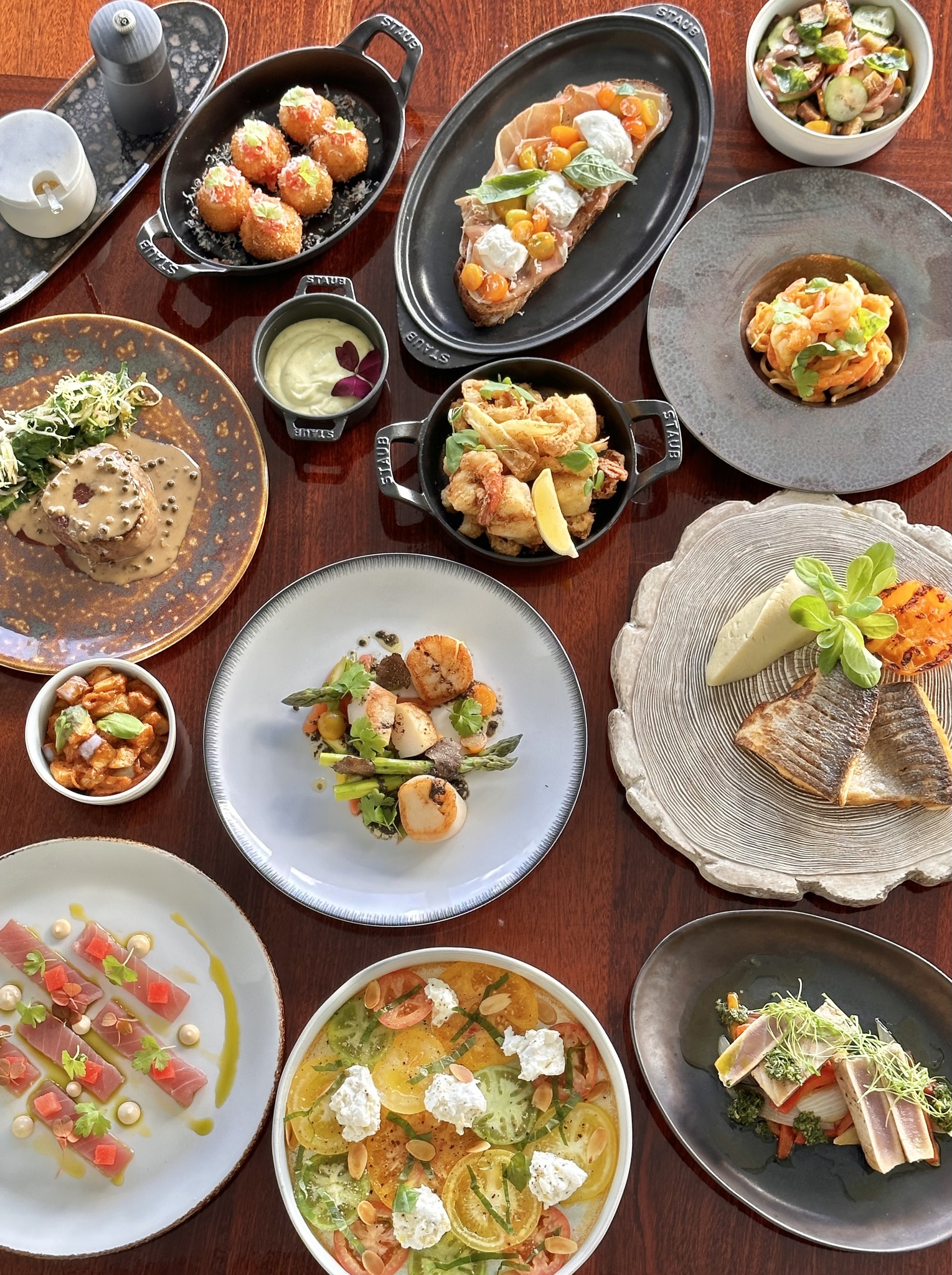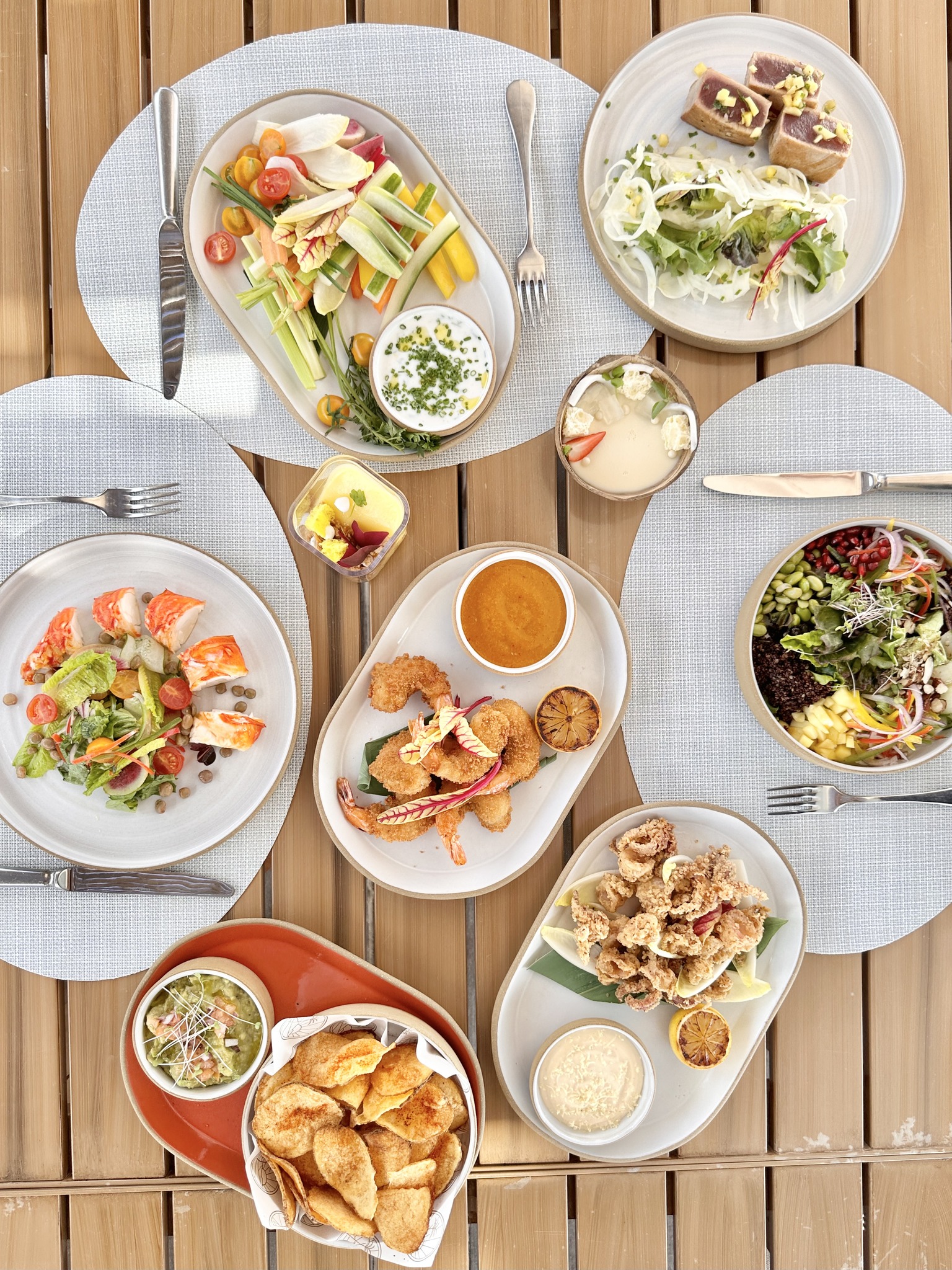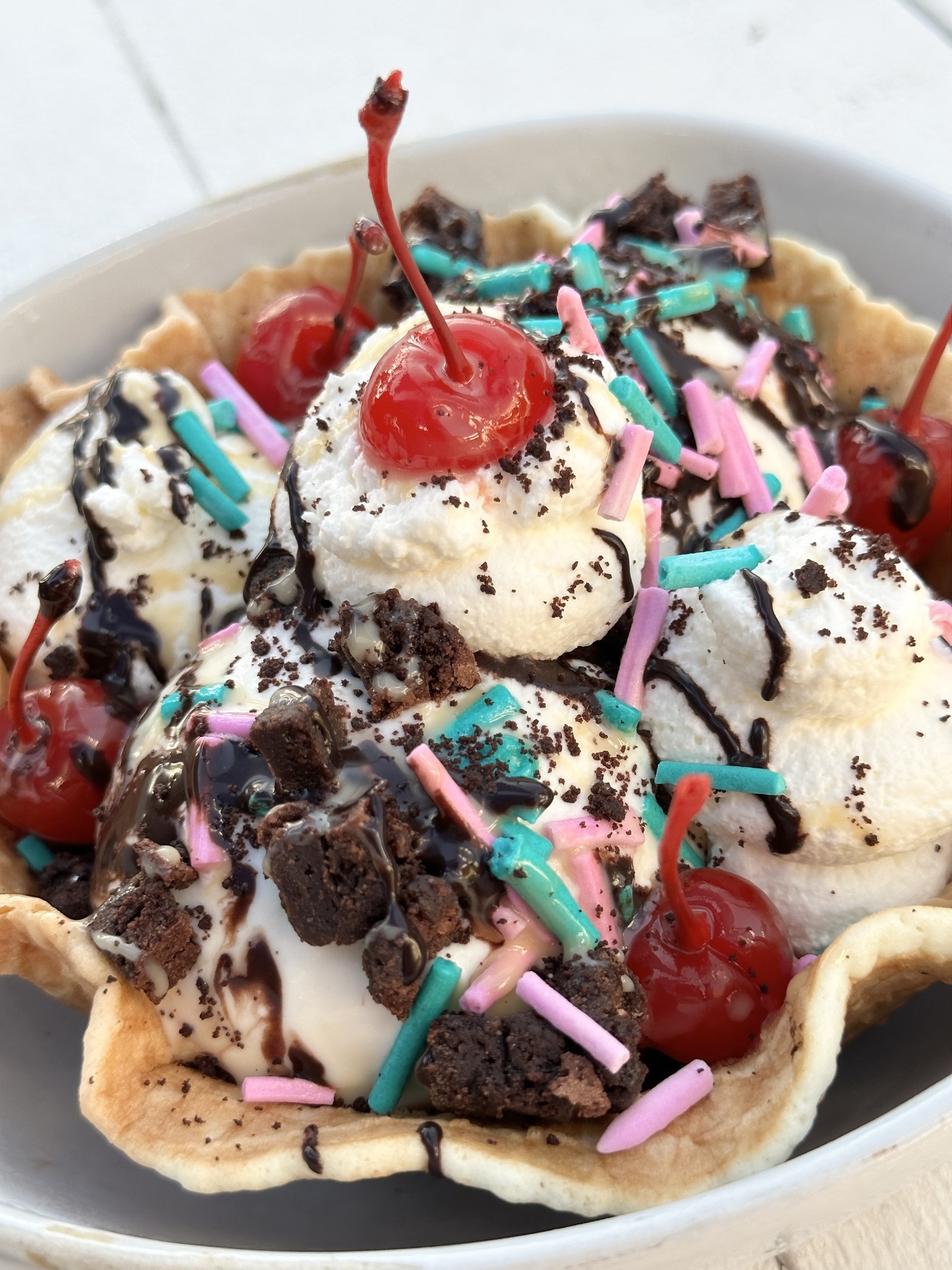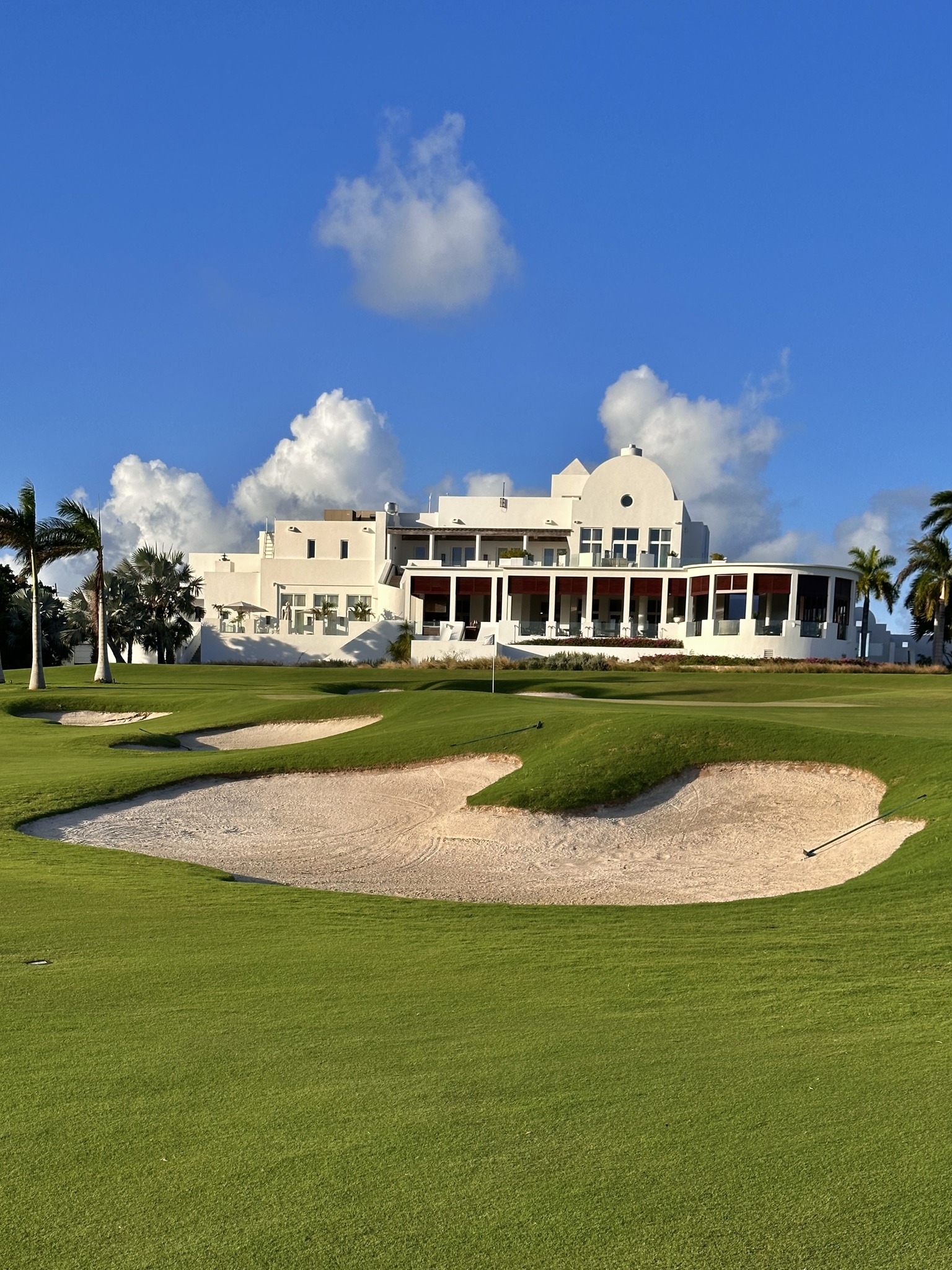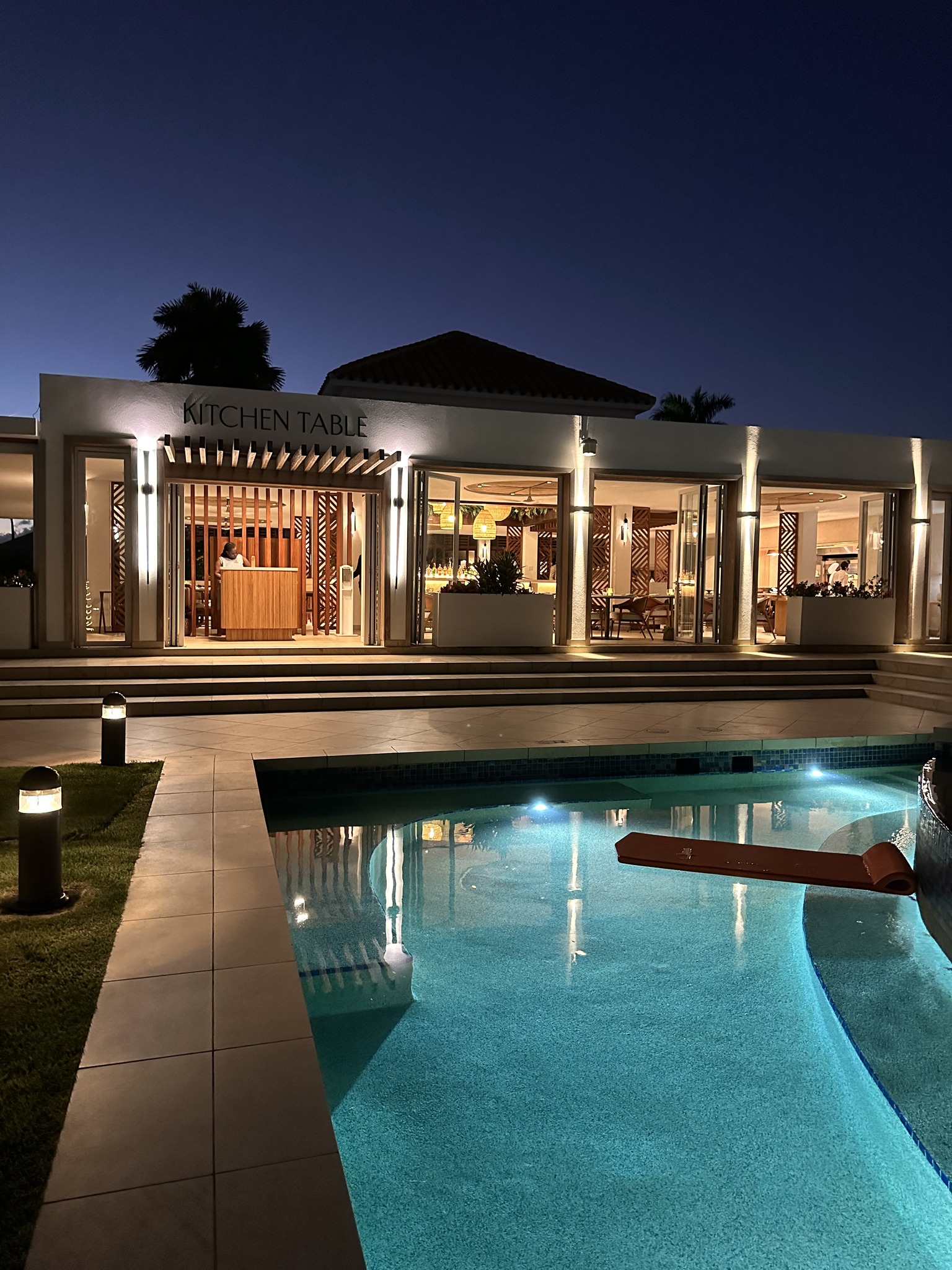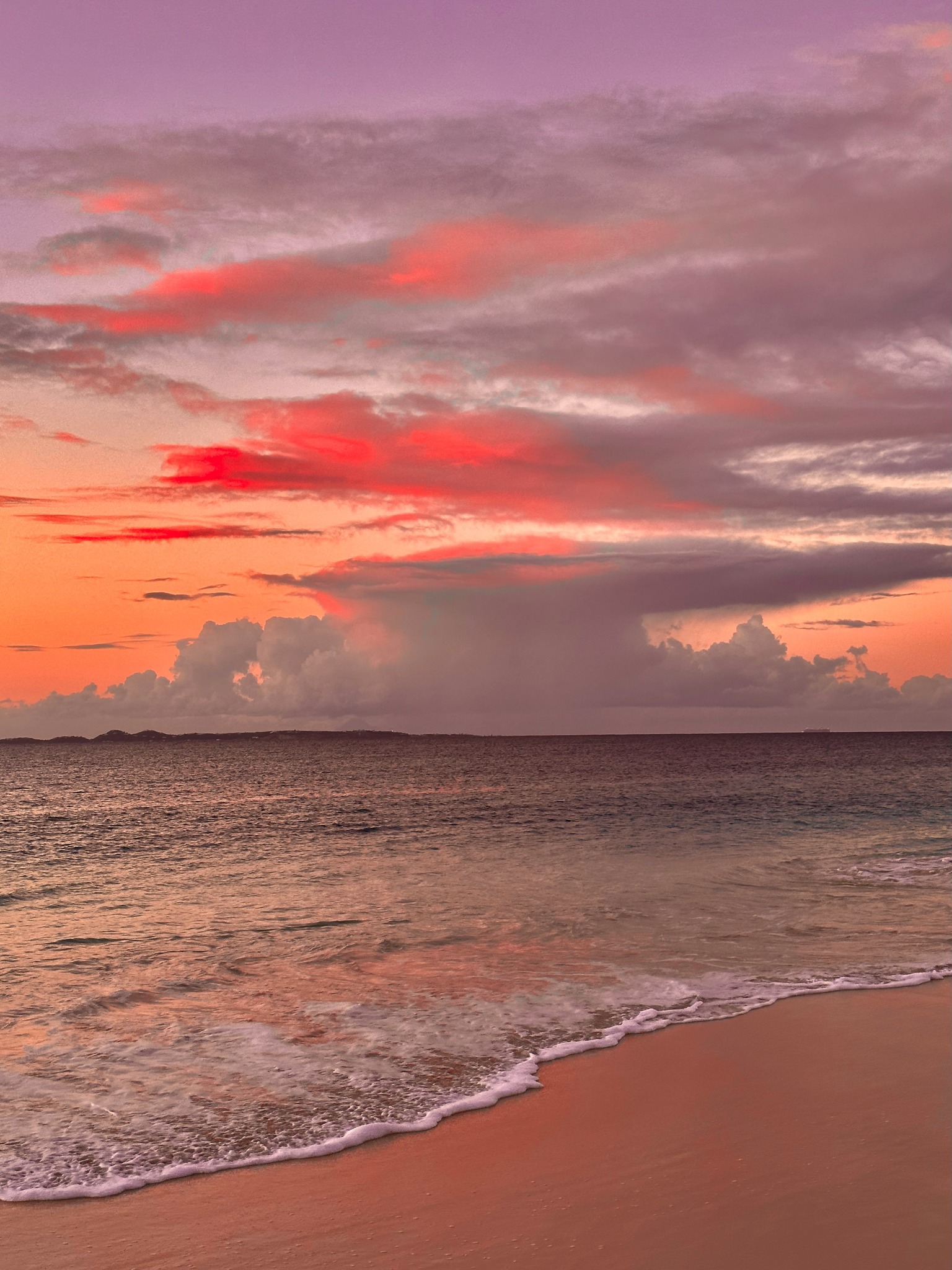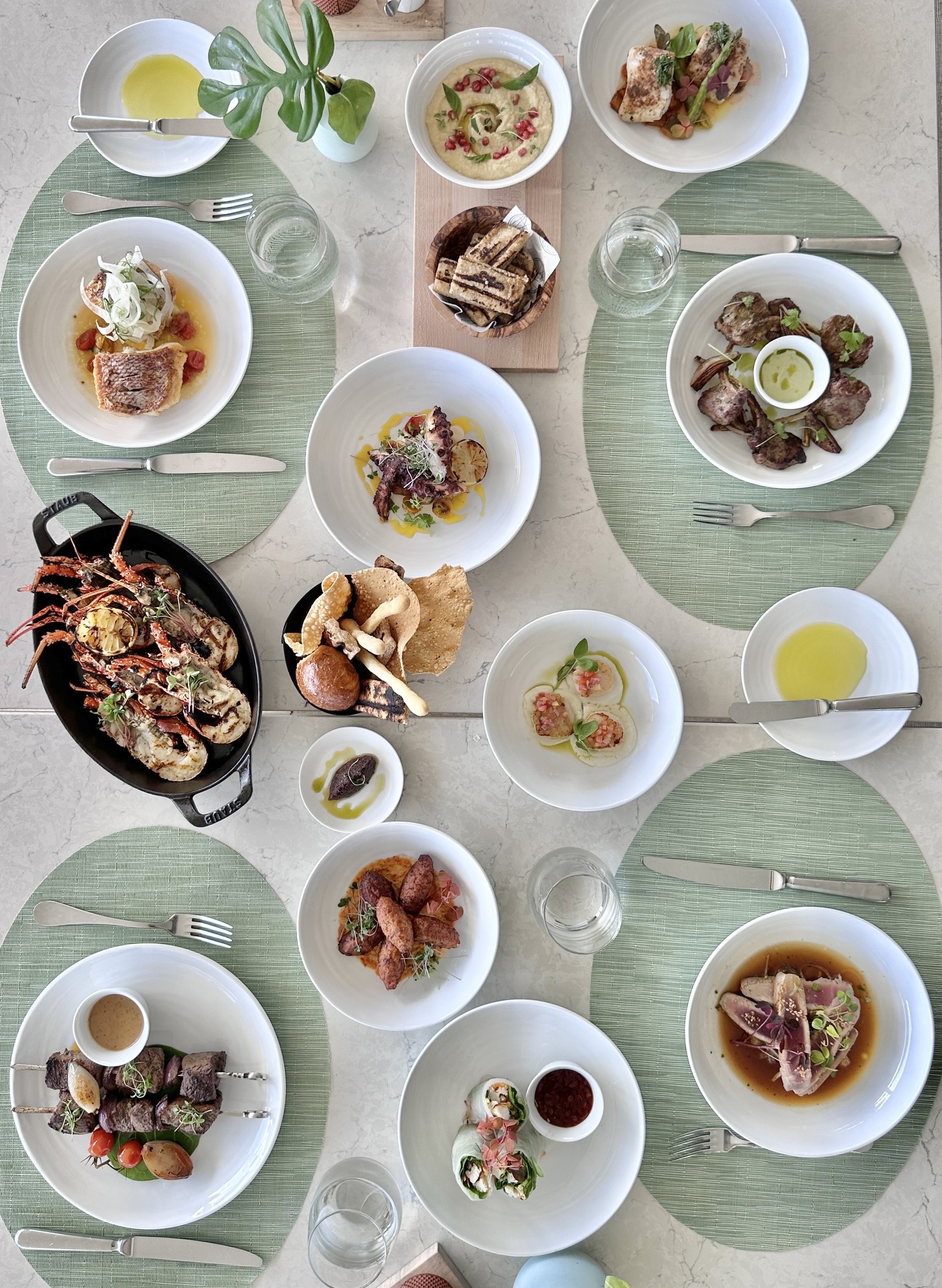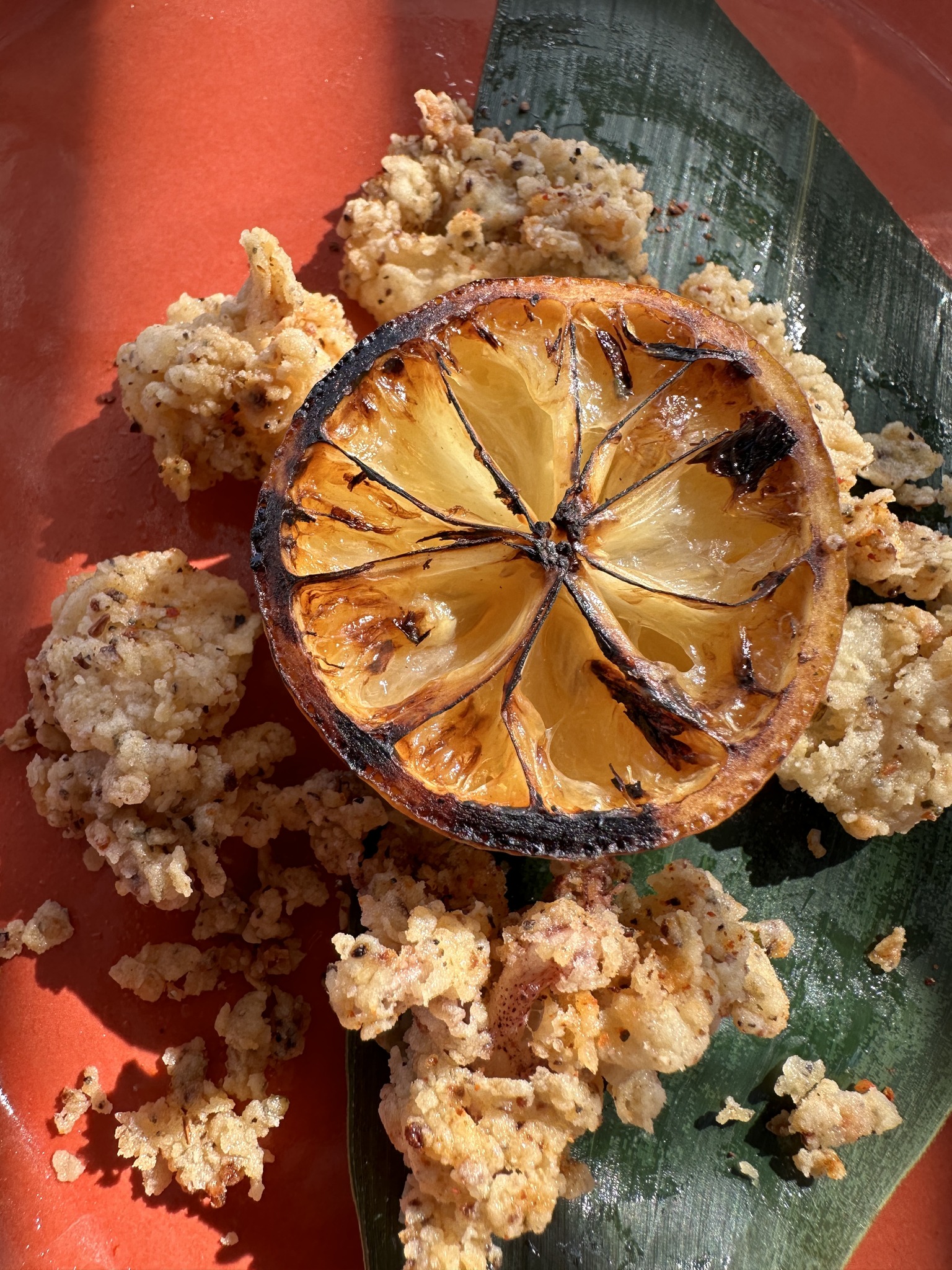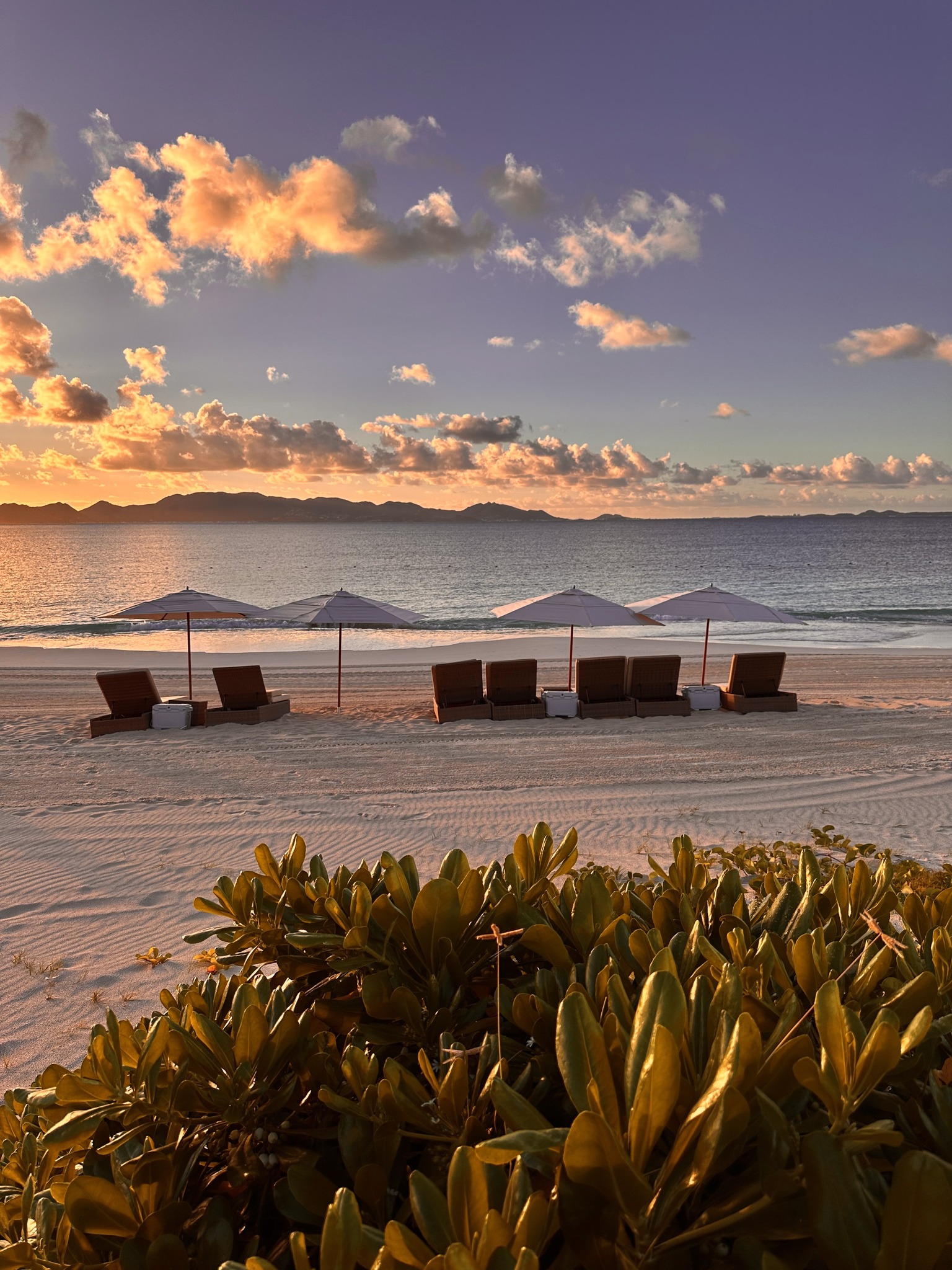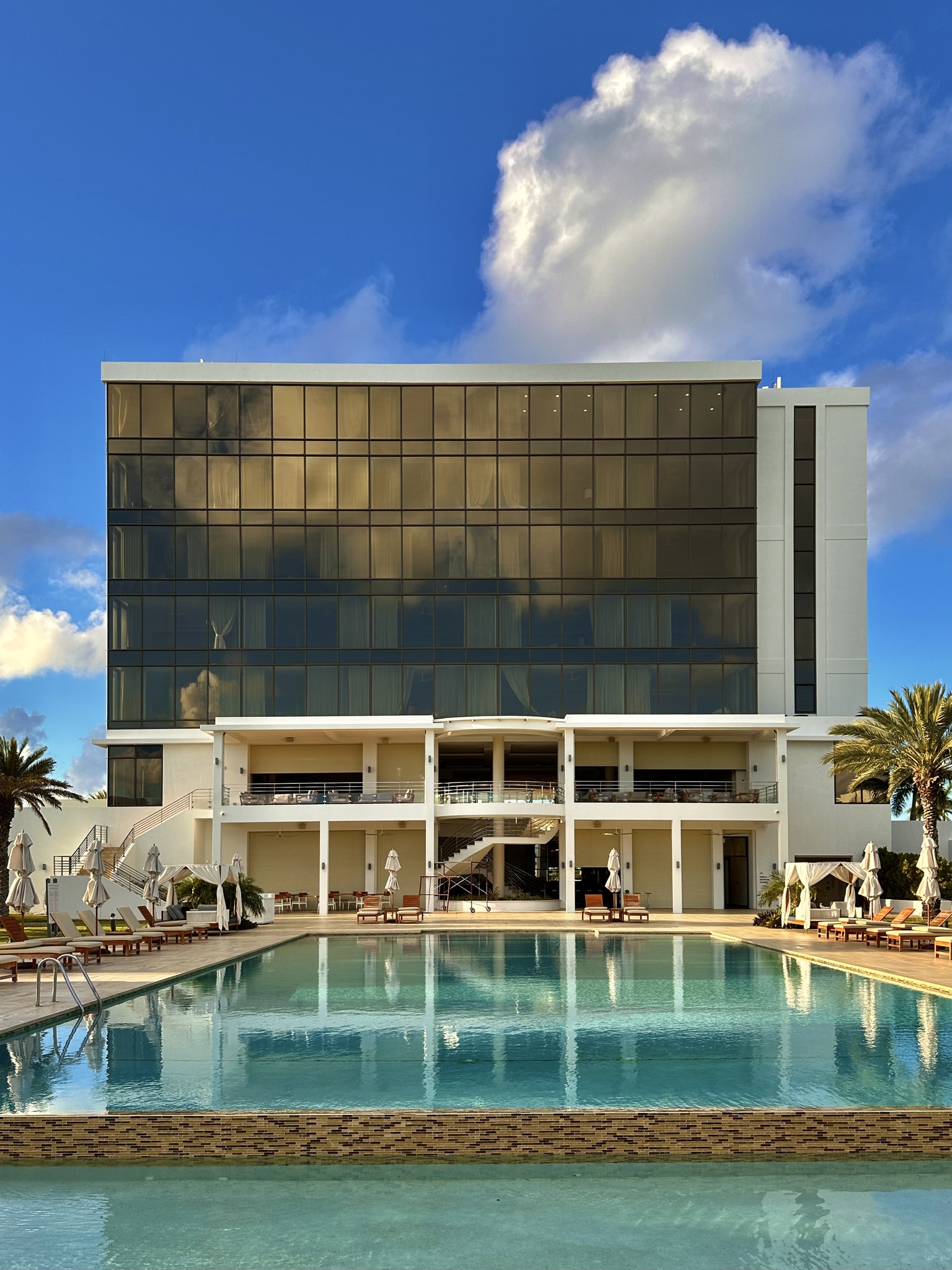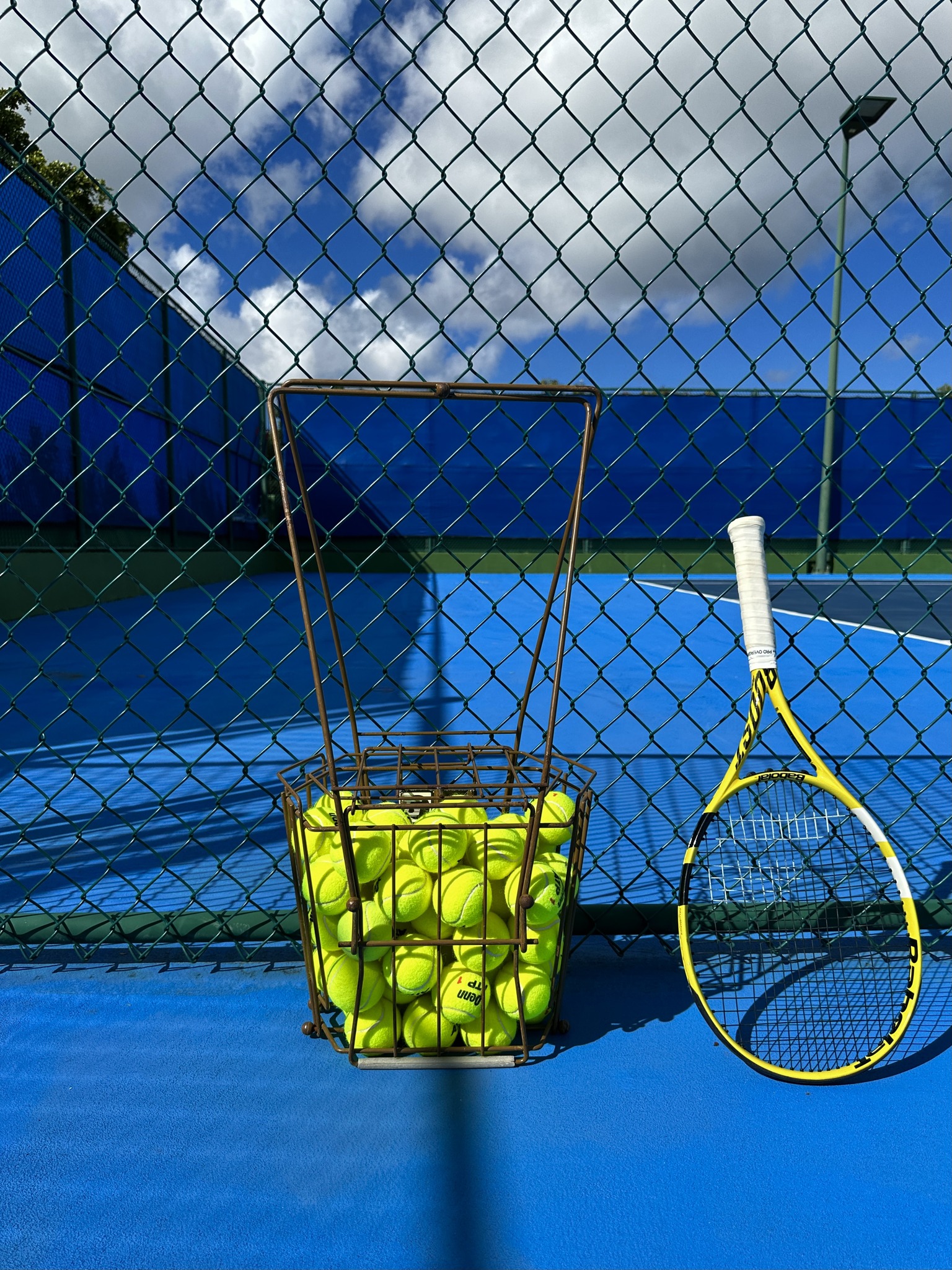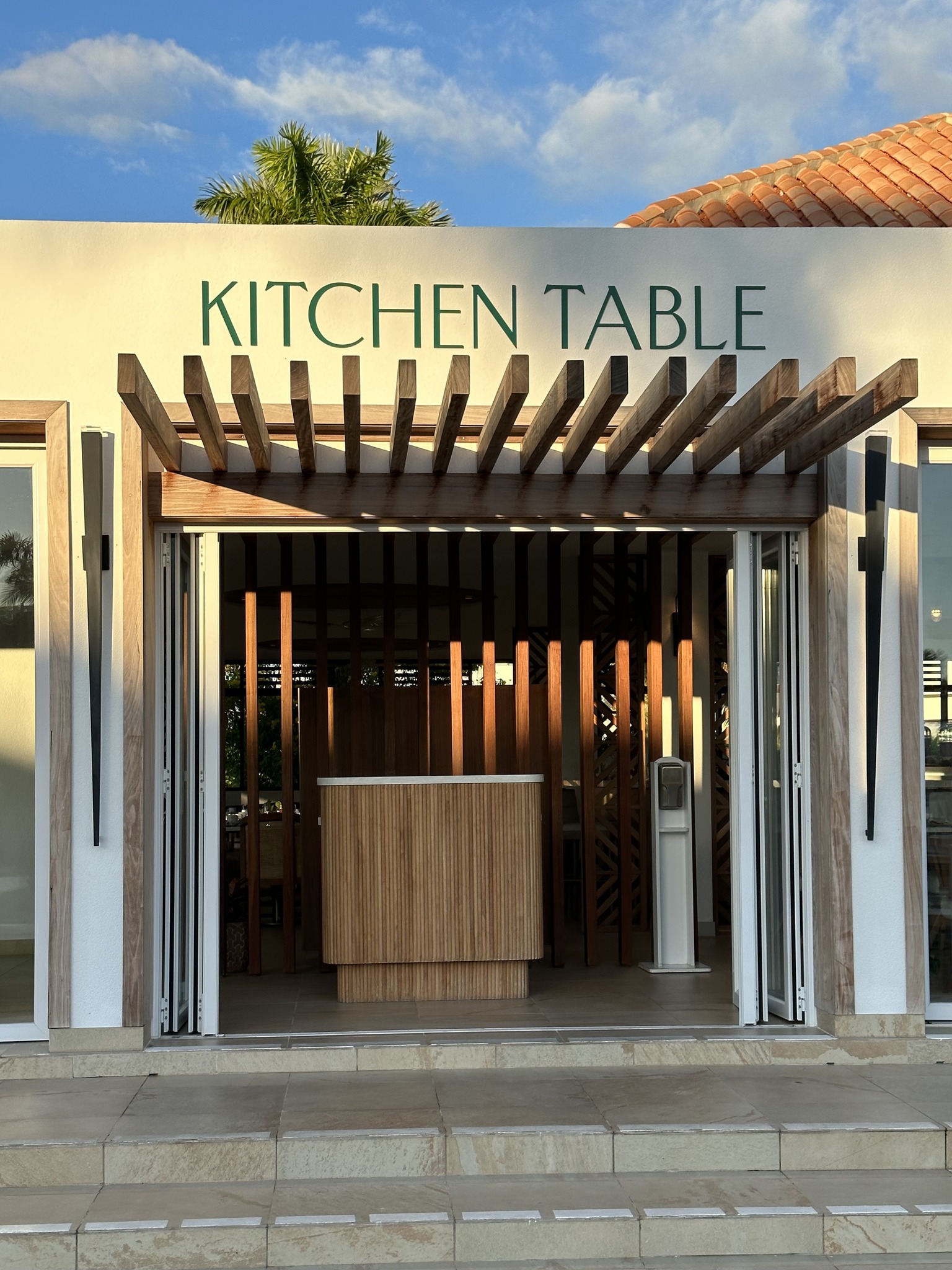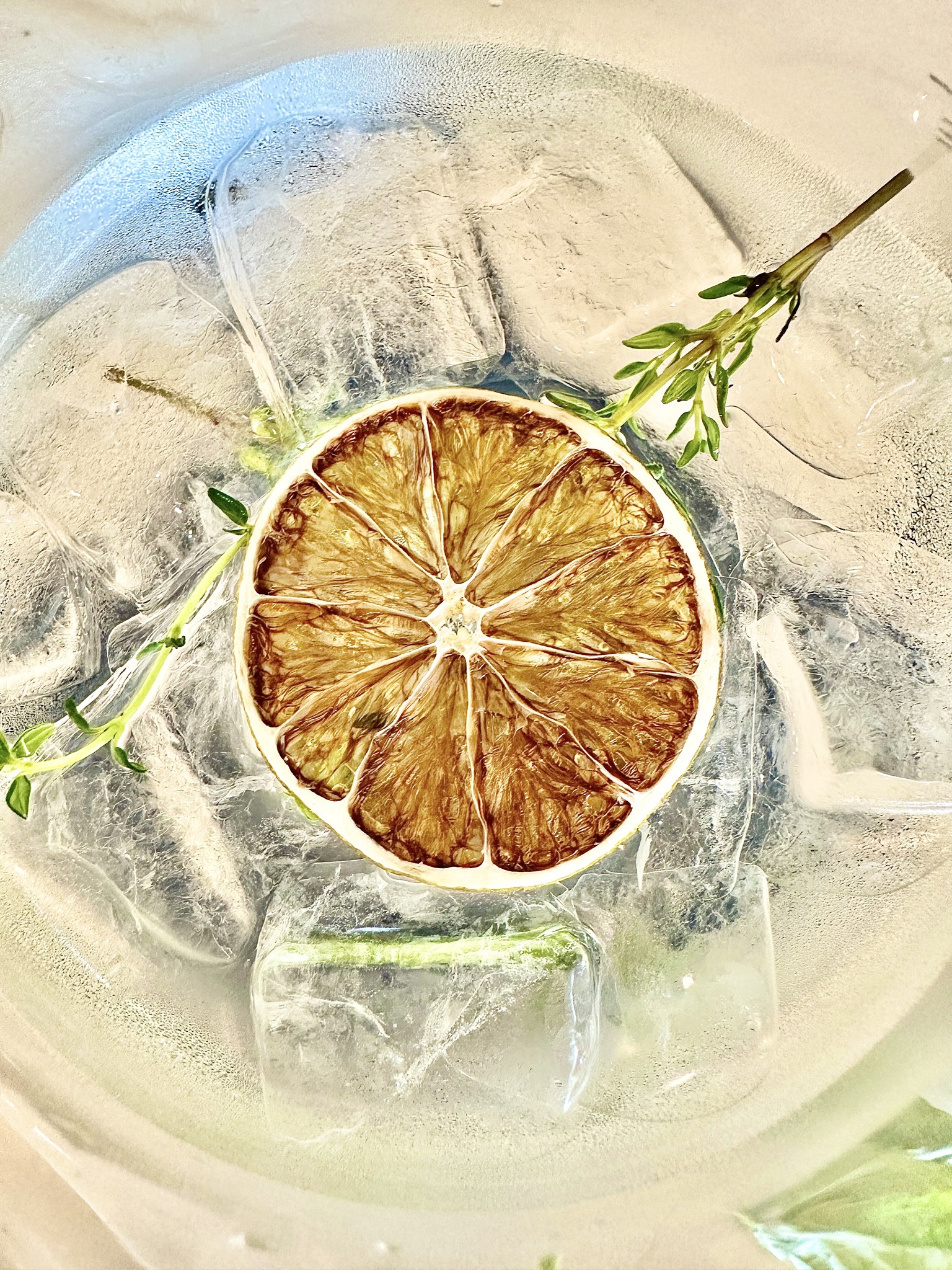It was never my photographic dream to shoot luxury hotels and five-star resorts. Not really. Not at the beginning. In fact, if you want the truth, I kind of stumbled into it. I was mostly just hustling—bartering my way into a warm bed and a decent plate of food in exchange for a handful of promotional shots. Early on, I’d send a cold email to the marketing manager, pitch a simple trade—photos for hospitality—and cross my fingers. Sometimes I’d get lucky.
But then I kept doing it. And I got better. Sharper. More practiced. The photos got stronger. The bartering turned to bookings. Eventually, someone paid me. Then someone else. Then a whole string of someones. And before I knew it, I was “that guy.” The one who made Caribbean villas look like heaven. The one who captured Balinese retreats at sunrise. The one whose name quietly showed up in the metadata of a dozen Four Seasons properties around the world.
I have photographed a shitload of luxury properties over the years—too many to count. Private islands. Penthouse suites. Seaside sanctuaries. Forest hideaways. Waterfall pools with floating breakfast trays. I’ve done it all.
And from the outside, I know exactly what it looks like. You see the final image—clear blue water stretching to the horizon, a chaise lounge draped in Turkish towels, a cocktail glass sweating under golden-hour light—and you say to yourself, maybe not out loud but definitely in your head: What a fucking life.
And I get that. I really do. But that picture you’re admiring, that postcard moment—just know that it came with a wake-up call at 4:30 a.m., a mad scramble to beat the sun, a dripping shirt, a bug-bitten arm, a tripod leg sinking into the sand, a manager nervously looking over my shoulder asking if I could “Photoshop the construction crane out later.”
That’s the part you don’t see.
You don’t see me hunched over my gear in a tiny storage closet because there’s no staff room to work from. You don’t see me skipping dinner because the light is just right for only twenty minutes and I’ve got to get the pool shot before the couple from suite 204 shows up and ruins the composition. You don’t see me moving furniture, rolling pool chairs, or brushing footprints out of the sand.
You don’t see me shooting alone—most of the time—not a soul in sight. No art director. No assistant. No family in tow. Just me, the camera, and whatever weather the gods decide to hand me that day.
There were a few trips where I brought Shannon and the girls. A few where my parents came along, or the in-laws. But those were the exception. Most of the time, I was on my own, a man with a lens, chasing light in someone else’s version of paradise.
That’s the illusion of this kind of work: the more exotic the final image looks, the more you can be damn sure I worked my ass off to get it.
Photography is part theater. But it’s mostly labor.
Labor dressed up as leisure.
Take Aurora, for example. A tucked-away luxury resort in Anguilla, the British West Indies. I remember that one well. Not just because of the property itself—which was stunning, no doubt—but because of how quiet it was. That week-long assignment remains one of the stillest, slowest, most uninterrupted stretches of shooting I’ve ever had.
No crowds. No influencer couples hovering around me angling for B-roll. No screaming kids doing cannonballs into my clean water reflections. Just me and the space. It gave me room to think. Room to breathe. And that’s when I do my best work—when no one’s watching. When the environment and I are having a conversation instead of a performance.
That’s something I wish more people understood: resort photography isn’t a matter of showing up and snapping what’s there. It’s a matter of creating what’s not. It’s about orchestrating calm. Styling the chaos. Removing the clutter—both in the frame and in the experience. Sometimes you’re staging breakfast trays. Other times, you’re waiting hours for the right cloud to move. And more often than you’d think, you’re politely bribing the pool attendant to hold off on putting out the yellow towels because they clash with your aesthetic.
There’s a discipline to this kind of shooting. And a rhythm. You walk the property once, then again, and again. You map it in your head. Where the sun hits at 9 a.m. Where the palm shadows fall at 4. Where the ocean turns from blue to silver just before twilight. You become a student of the space, of the schedule, of the stillness you’re trying to capture—even when the world around you is moving.
And that’s the trick, isn’t it? Making something look effortless when it was anything but. Making a moment feel serene when it was sandwiched between a generator kicking on and a staff golf cart whizzing past. Making luxury seem lived-in when it was shot on a day when no guests were allowed within frame.
I think back to the early days when all I wanted was a place to crash and maybe a warm dinner. I didn’t know then that I was slowly building a career. I didn’t know I’d spend years getting better at seeing space. At shaping light. At storytelling in stills. But I’m glad I did.
And for all the long hours, sunburns, and solo dinners—I don’t regret it. Not one assignment. Not one shoot. Not even the time I dropped a $900 tripod into the lagoon trying to get a clean angle of an overwater bungalow.
Because here’s the truth:
Yes, it was work.
Yes, it was lonely.
Yes, it was theatrical.
But it was also real.
And when I look back at those images—years later—they don’t remind me of what I had to do to get the shot.
They remind me of what it felt like to be there. Of what it felt like to hold space, in silence, and make something beautiful out of it.
And that… that is its own kind of luxury.
Click.
Jack
